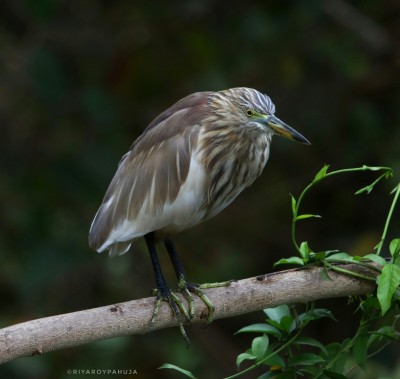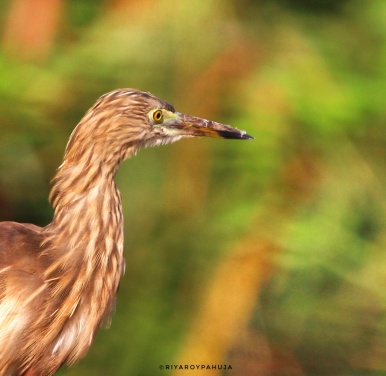Hey all the beautiful bird lovers, today is the 3rd episode of the series I have started naming “About the bird“. Though I am two days late to my weekly schedule of the series blog post due to some sudden official tour we had to make. So I am in one of those small and unknown places of our country where google also cant finds you out. 😀 So the best thing I can do here is to pack myself inside the hotel room and spend some time alone with my wordpress family. Its 38 degrees scorching heat outside and no point in going anywhere in search of wings because I am gonna get nothing here.Being staying here for already two days made me realize that what I have there in Goa,in our rented appartment, my balcony,beautiful mornings and silent nights. I miss waking up to bird chirps (especially my kingo’s alarm call and bubbly bulbul songs -I guess I have gained a beautiful habit in here).
PS- I call white throated kingfisher as my Kingo (named actually by my bird enthusiast friend Leena, I stole it from her). I love calling him that. 😀
So lets get into today’s session .
[ HIGH BRIGHTNESS RECOMMENDED FOR BETTER IMAGE RESULTS ]
Indian Pond Heron (Ardeola grayii)
Indian Pond herons , commonly known as paddybird due to its occurrence in almost all the paddy fields and wetlands in India and east Asia. Scientifically called as Ardeola grayii, Pond herons are considered to be small in heron family. Sized almost medium and can be seen near water areas and also in urban areas now a days.

One of the most widespread herons in India, they are known to be co-existing with humans as they choose to make their habitats(nests) along with urbanization (in cities and towns) though their wide variety of habitats includes rivers, lakes, marshes, mangroves, streams and paddy fields. I have seen quite a few of them here and there everywhere like construction buildings,damp houses , nearby busy roads besides natural habitats.They prefer to live in low lands but may also be found in higher altitudes like nilgiri hills which lie more than 2000m above sea level.

They weigh around 230 grams and sized around 40-45cm when adult and large beautiful white wide span ranges around 70-90cm. Unlike their usual grey stripes, their wings looks bright white when they fly. They have short neck, short thick bill and greyish-brown back/feathers with greenish large legs and yellow eyes.

Usually Pond herons are silent in nature but they have a harsh croak when they call.

Indian pond herons feed on small fish, frogs, crabs, aquatic insects, grasshoppers, crickets, ants, bees, fly, baby turtles, leeches and other crustaceans. They are very skilled killer. They silently stalks its prey by walking very slowly and waits for quite a while before they gets the chance to ambush. I like to call them “shatir dimag” in hindi (skilled and trained brain). Their usual feeding habitat is near the marshy wetlands. They usually feed on the edges of the pond/water body but they may sometimes swim to fish or catch fishes diving in while on a flight.
This guys are experts in camouflage when they are tracking a prey. They are so silent, one will easily miss one of these being a real close. One moment you see nothing, the other moment, you see one fly away with a prey in a splash.

Their breeding season starts with the onset of monsoon mainly from may to september but they are also found to be breeding before may in southern India and sri lanka. They usually breed in small groups of same species ,sometimes with other herons too. They look admirable when breeding with white -grey plumage. Their feet changes its colour to yellow then red in some individuals.

Most nests are built at a height of about 9 to 10 m in large dense trees. The nest material is collected by the male while the female builds the nest like most other bird species.. Three to five eggs are laid that takes around 18 to 24 days to hatch. Both parents feed the young and take part in upbringing. They sometimes reuse old nests that were left untouched since last years.

Recently talking about Indian pond heron with few of the locals I know in Goa, I came to know that few of the villagers in India used to make heron dishes like they have been used as fishes and boiler chickens to feed on. I was disheartened hearing that but was relaxed after knowing that Indian forest department is taking action against those who were hunting pond herons and other water birds.
Location: Goa, India
Gears used: Canon + Sigma
So this is it for today’s bird session people. I will see you all in my next blog. Till then happy birding. Stay blessed and share love.
Much love
Riya



Leave a comment